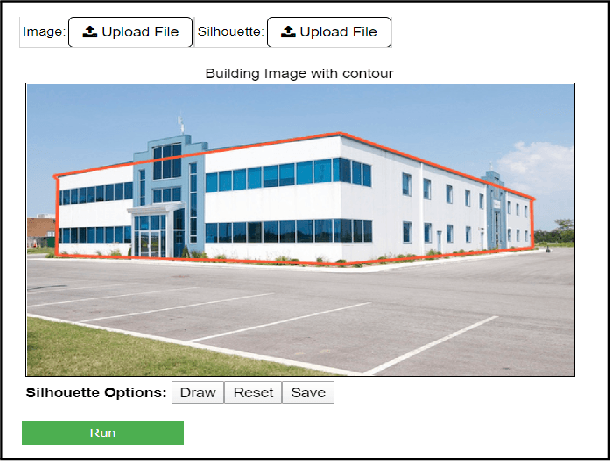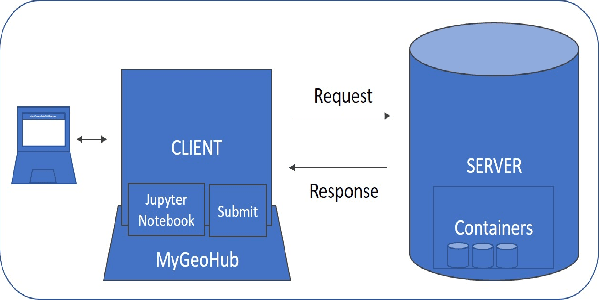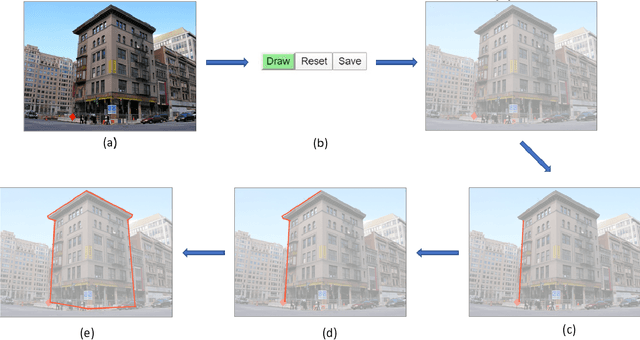Rajesh Kalyanam
Self-Supervised Large Scale Point Cloud Completion for Archaeological Site Restoration
Mar 06, 2025Abstract:Point cloud completion helps restore partial incomplete point clouds suffering occlusions. Current self-supervised methods fail to give high fidelity completion for large objects with missing surfaces and unbalanced distribution of available points. In this paper, we present a novel method for restoring large-scale point clouds with limited and imbalanced ground-truth. Using rough boundary annotations for a region of interest, we project the original point clouds into a multiple-center-of-projection (MCOP) image, where fragments are projected to images of 5 channels (RGB, depth, and rotation). Completion of the original point cloud is reduced to inpainting the missing pixels in the MCOP images. Due to lack of complete structures and an unbalanced distribution of existing parts, we develop a self-supervised scheme which learns to infill the MCOP image with points resembling existing "complete" patches. Special losses are applied to further enhance the regularity and consistency of completed MCOP images, which is mapped back to 3D to form final restoration. Extensive experiments demonstrate the superiority of our method in completing 600+ incomplete and unbalanced archaeological structures in Peru.
Design and Deployment of Photo2Building: A Cloud-based Procedural Modeling Tool as a Service
Aug 04, 2020



Abstract:We present a Photo2Building tool to create a plausible 3D model of a building from only a single photograph. Our tool is based on a prior desktop version which, as described in this paper, is converted into a client-server model, with job queuing, web-page support, and support of concurrent usage. The reported cloud-based web-accessible tool can reconstruct a building in 40 seconds on average and costing only 0.60 USD with current pricing. This provides for an extremely scalable and possibly widespread tool for creating building models for use in urban design and planning applications. With the growing impact of rapid urbanization on weather and climate and resource availability, access to such a service is expected to help a wide variety of users such as city planners, urban meteorologists worldwide in the quest to improved prediction of urban weather and designing climate-resilient cities of the future.
* 7 pages, 7 figures, PEARC '20: Practice and Experience in Advanced Research Computing, July 26--30, 2020, Portland, OR, USA
 Add to Chrome
Add to Chrome Add to Firefox
Add to Firefox Add to Edge
Add to Edge